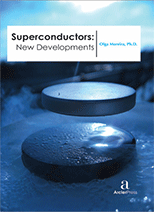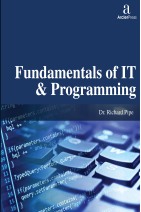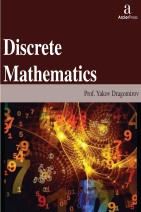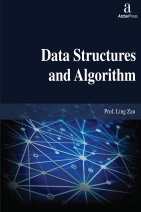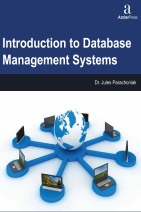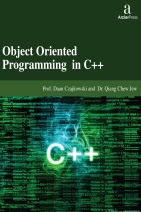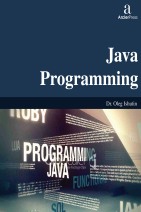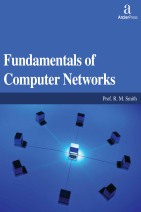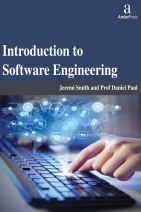Tab Article
Imagine a coil which, once an electrical current begins coursing through it, allows for the energy to flow forever without requiring power supply. Before the 20th century, imagining this would be avant-garde and an excellent premise for a science-fiction novel. Nowadays, we do not have to imagine because superconducting coils are real. Since the discovery of superconductivity, researchers and engineers have busy developing new superconductor materials that can be used in wide range of devices. Coils made of superconducting wire are used daily in MRI (magnetic resonance imaging) scanners in hospitals all over the worlds; in Maglev trains in Japan; even in particle accelerators such as the Large Hadron Collider (LHC) at CERN in Geneva. Broader applications of superconductors have always been hindered by the high cost of refrigeration (i.e. cooling of materials to low temperatures) and of the superconducting coils themselves. With the discovery of high-temperature superconductors in the latter half of the 1980?s, the additional costs involved in manufacturing dropped and this opened up the potential for a variety of promising future applications. The vast potential to influence society and science is unquestionable when considering applications like high-performance electric power transmission, transformers, power storage devices, high-speed digital circuit elements, quantum computing circuits, and fusion reactors. If room-temperature superconductors are discovered, these will revolutionize the supply of electricity. They would certainly change the world as we know it today, and the possibility once again would emerge for contraptions and devices we presently think only conceivable in our collective imagination and portrayed in science-fiction movies to become real. New developments suggest there is still much to learn about superconductivity and that it can be discovered at unexpected (or held to be impossible) temperatures.

